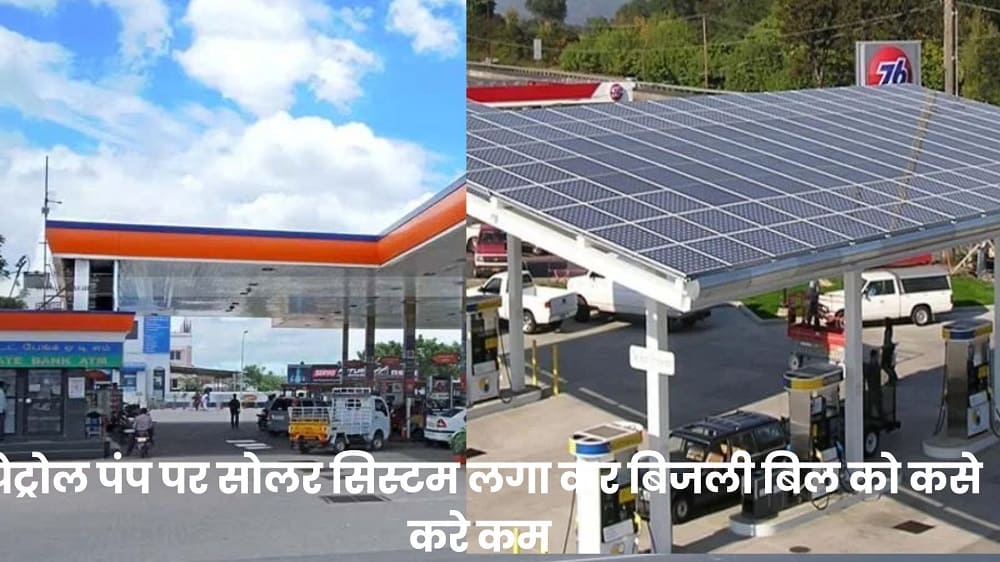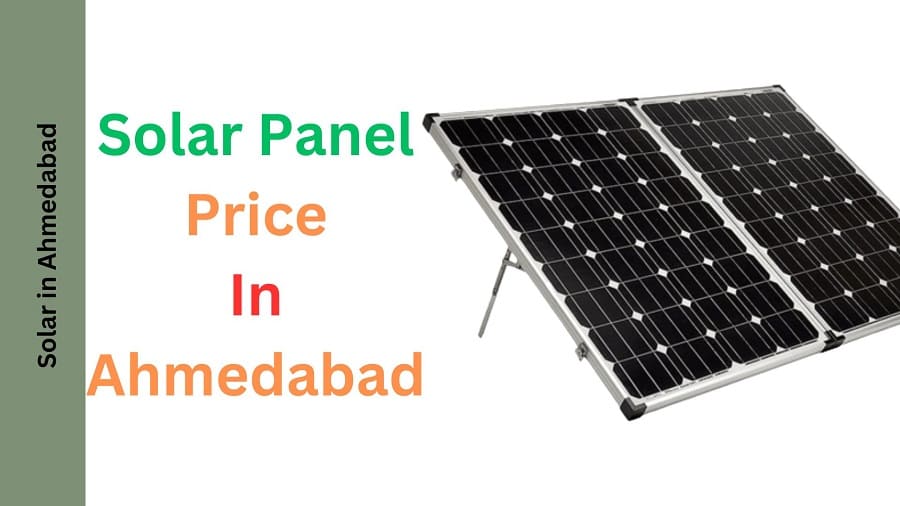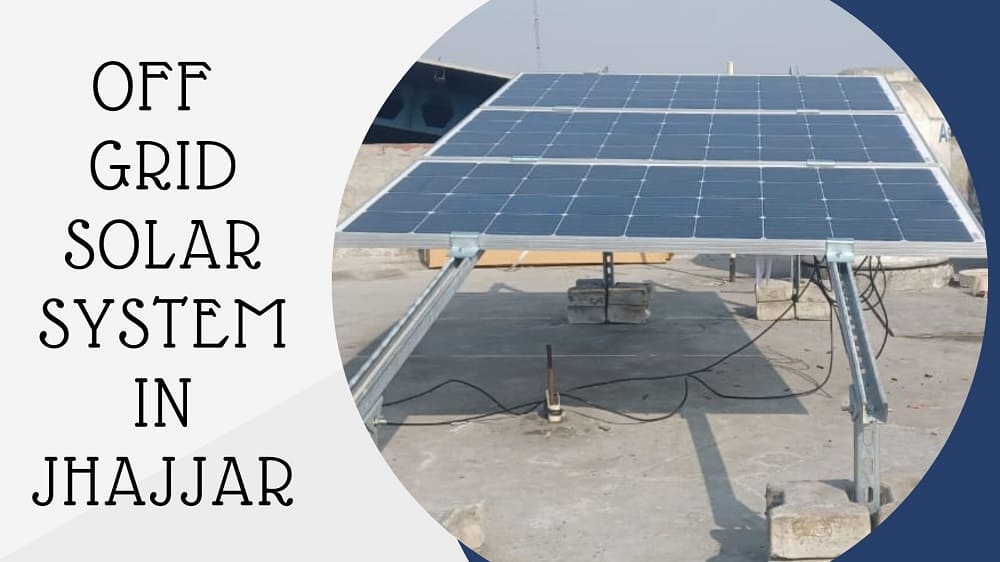Learning to design and assemble a solar power system can seem overwhelming at first — but it doesn’t have to be. A1 SolarStore has created a structured sequence of guides that make solar installation understandable for anyone willing to learn. This educational overview walks through each step of the process and links directly to the articles that explain them in detail.
Step 1: Start with a Complete Overview
Before touching any tools, it’s essential to understand the big picture. The Ultimate guide: DIY solar system kit is the best place to start.
It explains how to estimate your home’s energy consumption, compare system types (grid-tie, hybrid, off-grid), and calculate the size of your panels, inverter, and battery bank.
This first article gives readers the logic behind system design — the why before the how. Once you’ve finished it, you’ll know which components you need and what capacity to look for.
Step 2: Understand the Wiring Logic
After planning comes the physical assembly. The Wiring solar panels, charge controller and battery together guide shows how to connect the main parts of your system safely.
It explains why the charge controller must be connected to the battery before adding the panels, how current flows through the setup, and what role each wire plays. The article also highlights common wiring mistakes that can reduce performance or damage equipment — knowledge that saves time and money in the long run.
Step 3: Use a Quick Reference While Installing
Once you’ve studied the fundamentals, you may want a simple checklist to use during installation. That’s exactly what How to connect solar panels to charge controller in 3 steps provides.
It’s a concise summary that confirms the correct order of connections and helps you stay safe. Many readers keep it open on their phone as a quick on-site reminder — small, but surprisingly helpful.
Step 4: Learn the Role of the Charge Controller
Once the system is wired, understanding how it functions becomes important. Understanding the functionality of solar charge controller explains what this device does and why it’s critical for battery health.
You’ll learn how the controller regulates voltage, prevents overcharging, and manages current flow. Knowing this not only helps you operate your system correctly but also makes troubleshooting much easier if something goes wrong.
Step 5: Discover Advanced MPPT Technology
For those ready to improve system efficiency, Looking at MPPT solar charge controller in detail takes the learning to the next level.
It compares MPPT (Maximum Power Point Tracking) controllers with simpler PWM models, showing how MPPT units automatically adjust voltage to harvest more power from panels. If you’re serious about performance or plan to expand your system, this is the article that will guide your upgrade decisions.
Putting It All Together
By reading these five A1 SolarStore guides in order, you gain a complete understanding of both theory and practice. The series covers planning, wiring, safety, and optimization — the same path a professional installer would follow, explained in plain language.
Whether you’re preparing your first off-grid setup or just exploring how solar works, this sequence is a reliable, step-by-step learning resource that turns curiosity into real-world competence.











